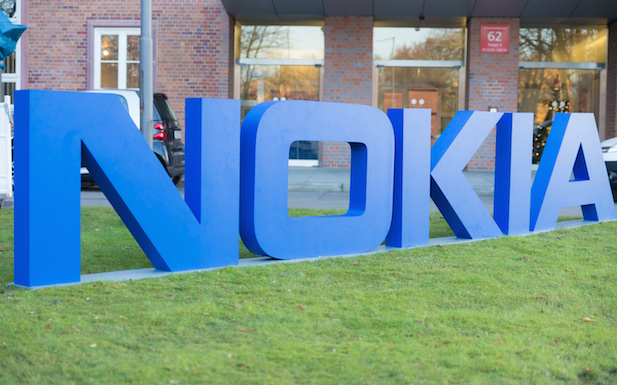Nokia is hoping its own recent experiences integrating a new company will give it the edge in transforming operators’ networks as they shift to the cloud.
Last week the Finnish vendor opened a new centre in the UK that will showcase cloud technology, as well as launching a new service to handle the complete installation of a multi-vendor cloud network.
While the centre, in Fleet, Greater London, will host a cloud platform and will serve as the testbed for designing new kinds of networks using software defined networking and network functions virtualisation, regional centres around the world will deliver and, in some cases, run the networks.
Nokia says its acquisition of Alcatel-Lucent has put it in a position where it can now offer this. Igor Leprince, Nokia’s Executive Vice-President for Global Services, says: “We have gained a lot of capability that we didn’t have in Nokia. Think of IP, think of fixed: we had very little of it.”
The centre was set up as a “clean slate”, according to Deepak Harie, VP, Systems Integrations, Global Services, in order to offer operators a “definitive” solution.
He explains: “The idea of the design centre is to…have a concentration of top talent and create an environment for engagement. It’s a place where the team can engage with customers. We hold design workshops to understand what a customer’s requirements are and get them to where we can present them with their cloud solution. Then we look at how we can build and deliver it.”
A dedicated new centre is also a break from the old, allowing Nokia a place to run bespoke software development without the burdens of legacy operations. Harie adds: “There’s competitive requirements of faster efficiency. Speed is a huge part of it and the ability to scale.
“It matches what we are doing with our own organisations [Nokia and Alcatel-Lucent]. This is the kind of thing we need to be doing to be competitive in this industry.”
Harie says the plan is for Nokia to help run the telco cloud network for its lifecycle. In reality, he says this could span a number of areas, from upgrades and improved functionality to ensuring the infrastructure can cope with different kinds of workloads.
It marks an increasing focus on service delivery. Indeed, Nokia made more announcements this week in this area.
The cynical view of ‘[x] as a service’ is that it exists to kickstart a moribund market. Harie accepts moving operators to the cloud has not been easy. He says: “It’s been a slow burner but the reason why we have taken the steps we have is that we are seeing the demand from telcos. There’s an inevitability about it – a need to do it. We have moved from talking and testing to actual [deployment] matters. It’s a response to the real demand we are starting to see.”
Leprince adds an issue with this level of complex, and seemingly vital, transformation is that it doesn’t lend itself easily to translating the financial benefits. He says a board of directors might find it difficult to find the immediate financial benefits of a long-term deeply technical change. He says: “Transformation of operations is going to be the trickiest part.”
One area of certainty is how Nokia will run the centre as offering multi-vendor solutions. Leprince is frank about why it is doing so. He says: “To be a premium integrator, we need to work in a multi-vendor environment. There is no telco cloud solution that we could put together right now that would be 100 percent Nokia.”
While the vendor is increasingly targeting parts of the enterprise sector, with Leprince referring to its recent acquisition of digital healthcare player Withings as one such move, operators will be the prime target for its cloud strategy rather than it rivalling the likes of IBM or Cisco. He adds: “I don’t think we will see Nokia going after hundreds of thousands of enterprises.”
Harie adds: “The way the services are designed, our current focus is telco operators. That’s our home ground and it gives us a right to play and a place to start from. [But] the way we designed it from a service delivery perspective, it’s designed to support enterprises.”
Of course, some operators are moving towards the cloud themselves, such as AT&T and its aggressive change strategy. Harie says the plan is to target those without a similar amount of resource. He says: “There will always be operators that will have the right competencies internally to do these projects. That’s fine and that’s life. We want to address the customers who can’t and want to make use of it.”




